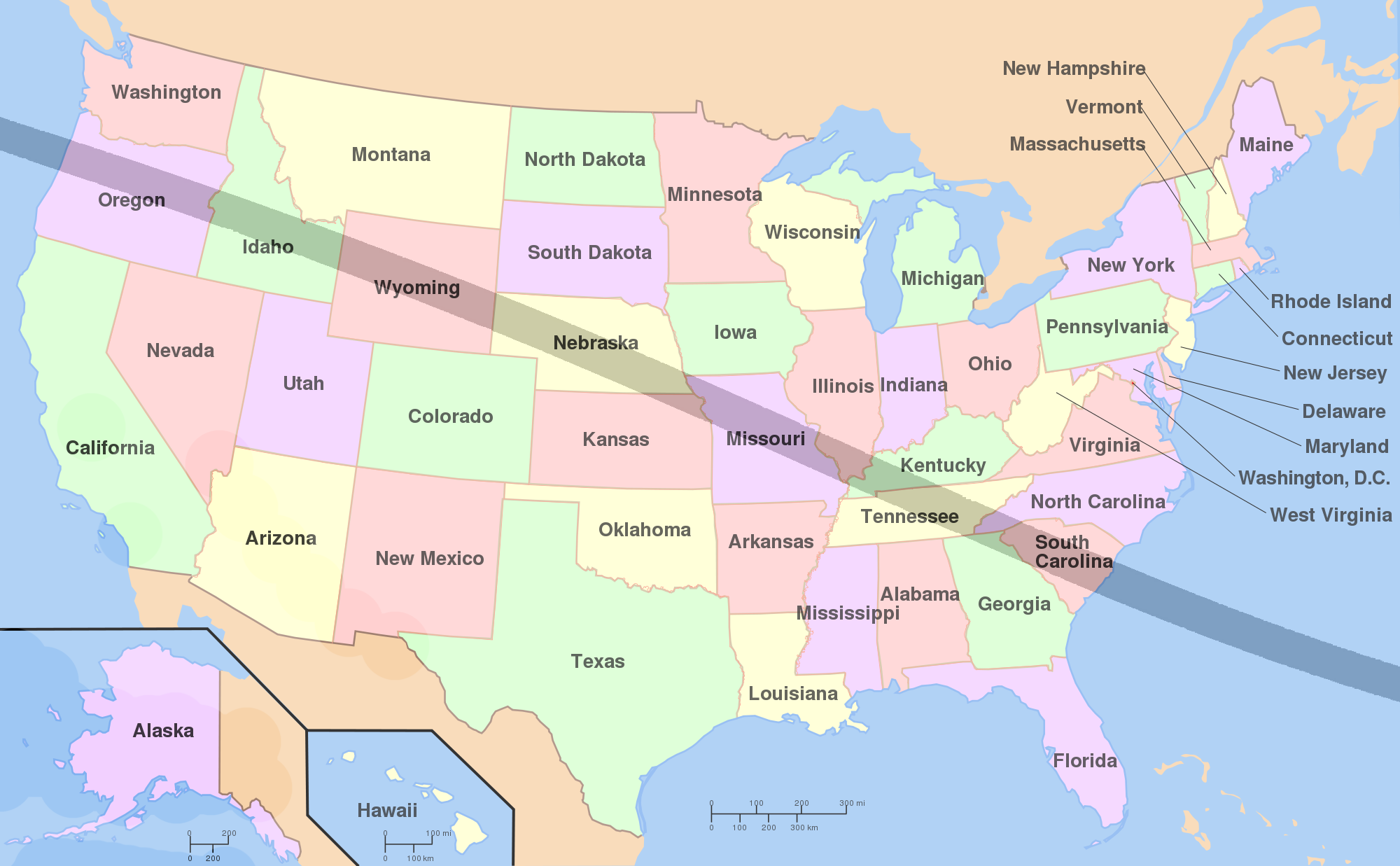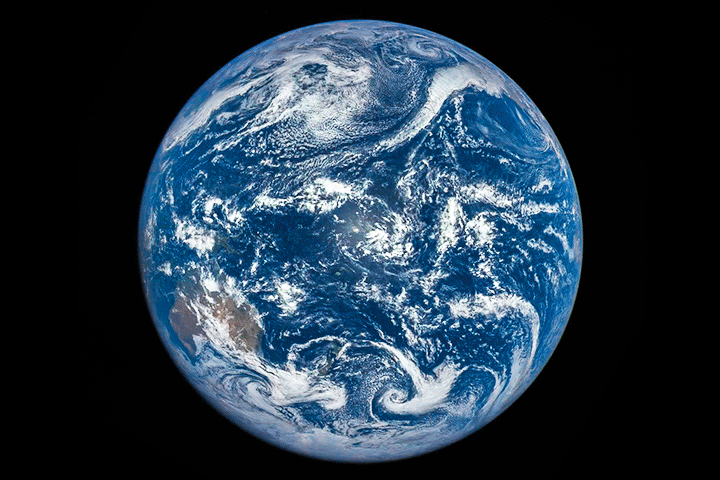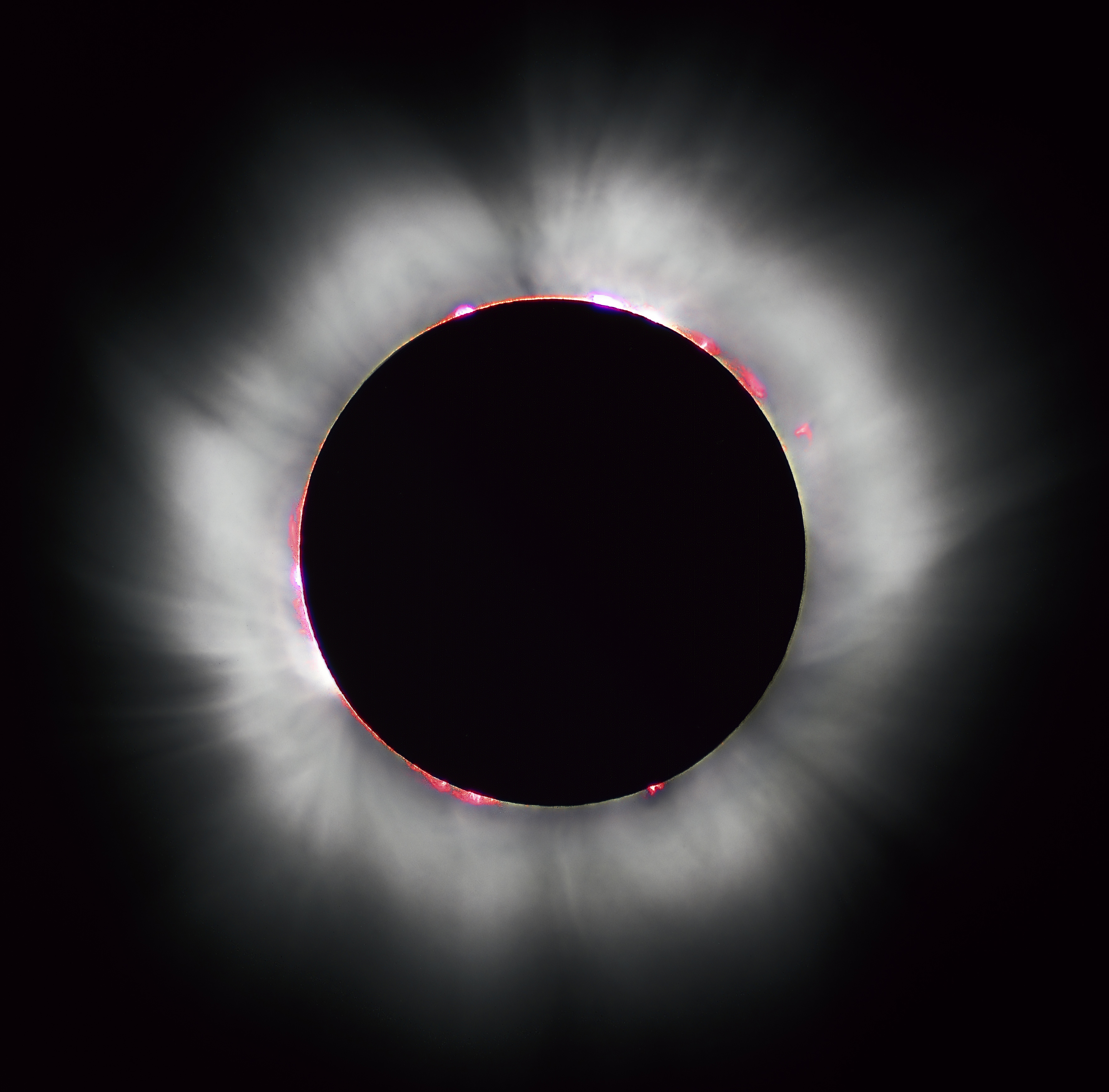First of all, seeing a total solar eclipse is a once-in-a-lifetime experience. You have to witness a total solar eclipse to really understand how mind-blowingly cool they are. Some will even say that solar eclipses are one of the most beautiful sights in nature.
And we are in luck. The Great American Eclipse of August 21, 2017 will be the first chance to see a total solar eclipse in the continental US in nearly 40 years! If you are anywhere near the path of the eclipse, you must try to see it! The total eclipse can only be seen along the ~100 mile wide path in the image below. Fortunately, a large portion of the population of the US has a chance to see this eclipse.

In addition, Illinois is the perfect place to see the 2017 eclipse, as Southern Illinois has the longest duration in the entire world. Of course, all of our friends in Chicago will have to drive down south or they will not see a total eclipse, but rather a partial eclipse. A partial eclipse is cool, but it is just not the same experience.
The 2017 eclipse is less than 200 miles away from the University of Illinois, so of course members of the Astronomy Department want to experience this amazing event and we wish to share it with as many alumni, friends, and members of the community as possible.
So please join us for a free, live explanations of the eclipse by University of Illinois Astronomers in Goreville, IL. It will be an experience that you and your family will always remember.
Okay, sounds great, right? But you may still be wondering, what exactly is a solar eclipse?
This is a very common question. Here is a video of Professor Kaler explaining solar eclipses.
Basically, a solar eclipse is when the Sun is blocked by the Moon. The Moon gets right in between the Earth and the Sun, casting the Moon's shadow onto Earth. Since the Moon is smaller than the Earth, the shadow it casts is smaller than the Earth. Only a small portion of the Earth will be perfectly in the shadow (a total solar eclipse). A larger portion will see some of the Sun blocked by the Moon, which is called a partial solar eclipse, and an even larger portion will not see any eclipse. Solar eclipses require observers to be in special locations.
A shadow may not sound like a big deal, since we are used to seeing them every day - the shadow of a tree, the shadow of a building, the shadow of the Earth, which we call nighttime. So, why is the shadow of the Moon special?
Our Moon is special. It controls the tides, stabilizes our orbit, has a lot of cultural relevance (from calendars to werewolf myths), and is also pretty, but the Moon is also coincidentally the same size as the Sun when viewed from the Earth. (Of course the Sun is much bigger than the Moon, but it's also much farther away from us.) Since they appear to be the same size, the Moon exactly covers the Sun when viewed from the Earth.
Because the Moon covers the Sun, only as seen from a small portion of the Earth's surface, we get a special show. We will see solar flares (they appear red) and the Sun's corona (Latin for "crown"), which is an amazing site of the aura of plasma that surrounds the Sun. Normally, we can not see the corona because the Sun is just too bright.


If the Moon's orbit was aligned with the Earth, we would have solar eclipses every month at New Moon. But, the Moon's orbit is tilted by about 5 degrees compared to the Earth's orbit, so most months we do not have eclipses. Due to the tilt, we have one total eclipse every 18 months on average, spread over the Earth. Once every 18 months is not rare, but remember that the shadow is small, so one is unlikely to see many eclipses over their lifetime, which makes them rare.